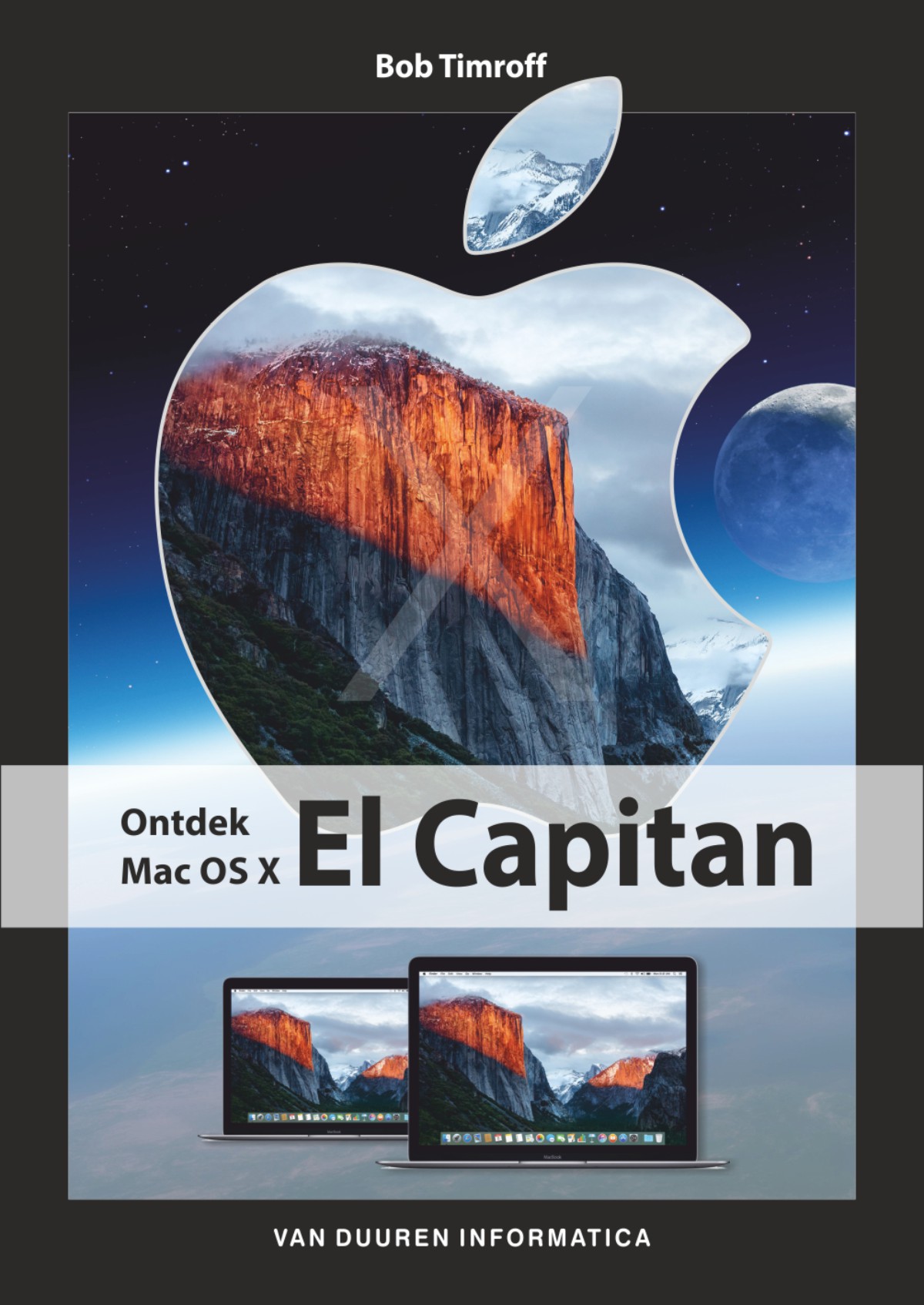Reclame Mac OS
- How To Share Folders To Your Network From MacOS High Sierra(TechRepublic)
- See All Results For This Question
You probably wrongly used nothing as such and if u are calling about jump up ads as youtube videos those are pop up ads ad block can't stop those chrome settings has pop up block option but that is useless,try pop up blocker extension it may solve ur issue and if u are calling about youtube ads in general then ad block perfectly works u have some issue with ur settings please look. If you're seeing some of these problems with Chrome, you might have unwanted software or malware installed on your computer: Pop-up ads and new tabs that won't go away Your Chrome homepage or se.
mamau08,

Open that app from your Applications folder to begin installing the operating system. MacOS Sierra 10.12 can upgrade El Capitan, Yosemite, Mavericks, Mountain Lion, or Lion; OS X El Capitan 10.11 can upgrade Yosemite, Mavericks, Mountain Lion, Lion, or Snow Leopard; OS X Yosemite 10.10 can upgrade Mavericks, Mountain Lion, Lion, or Snow Leopard. Adblock Plus for Google Chrome blocks annoying ads both on Windows and Mac OS X. A few years back, we introduced the Acceptable Ads initiative. It aims to support websites that rely on advertising. After installing Catalina and you go to About This Mac-Storage, your disk might be nearly full even though you actually don't have that many files to fill up your disk. Claim your free space back by doing the following: 1) Open the Terminal app 2) Type: tmutil listlocalsnapshots.
In Disk Utility, what is the format of the Macintosh HD? It should be Mac OS Extended (Journaled).
Do you have a Fusion Drive or SSD?
Do you have a BootCamp Partition? Other OS installed?
How are you renaming the drive? If you haven't already, attempt to right-click on the Macintosh HD and click 'Get Info', then underneath the Name & Extension header try and rename the Macintosh HD.
How To Share Folders To Your Network From MacOS High Sierra(TechRepublic)
If the error persists, open Disk Utility and Verify/Repair the Disk Permissions. [How To]
If the error persists, open Disk Utility and Verify/Repair the Disk. [How To]
Note: You cannot Repair the Macintosh HD while in OS X, you'll need to boot to Recovery Mode ( ⌘ + R ) at startup to Repair.
See All Results For This Question
Dec 17, 2014 10:29 PM

^ Utterly fails to address one single issue I raised.
Yes, my 'computer runs faster when it caches data in RAM instead of on disk,' but I'm talking about when that Inactive Memory 'cache' starts paging to disk. Seems to me that there's no excuse for Inactive Memory ever hitting the hard disk virtual memory scratch files; it should just be 'forgotten' at that point. 'High inactive RAM' may be what I want, but it is precisely when Inactive Memory becomes high that the disk thrashing & sluggishness begins. If running the script (or Purge, which is what I do when it happens) 'makes your computer run slower,' then why does doing so restore my robust performance to that of a freshly booted computer? Indeed, before I discovered Purge, I had to wait for a reboot to clear things up, when that wait became preferable to a miserable ongoing fit of usability-sucking spinning beachballs and accumulating scratch files.... And to repeat, no matter how much RAM one adds, it only delays the performance hit until Inactive Memory eventually fills up. (If you watch Inactive Memory, it often rises & falls with use, but sooner or later something you're doing will not occasion its reclamation, and when it 'red-lines,' that's when the usability degradation commences.)